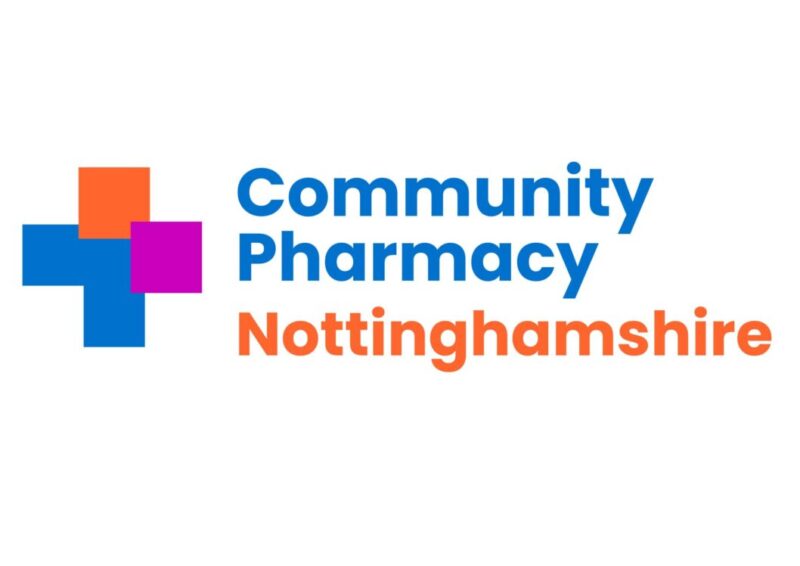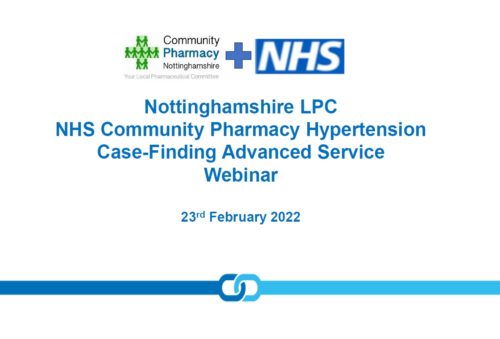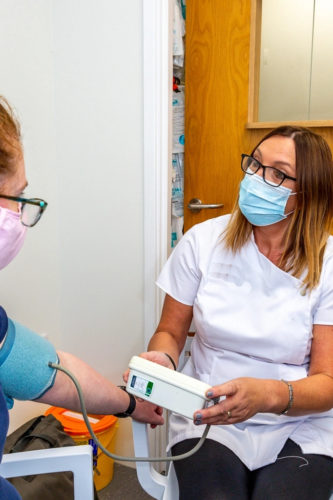Hypertension Case Finding Service
Service information
From 1st December 2023, the service can be provided by suitably trained and competent pharmacy staff; previously, only pharmacists and pharmacy technicians could provide the service.
Where non-registered pharmacy staff provide the service, until clinical IT systems are updated to allow their names to be entered within the clinical record, the name and GPhC registration number of the responsible pharmacist should be included in the clinical record.
The service has two stages – the first is identifying people at risk of hypertension and offering them blood pressure measurement (a ‘clinic check’).
The second stage, where clinically indicated, is offering ambulatory blood pressure monitoring (ABPM). The blood pressure test results will then be shared with the patient’s GP practice to inform a potential diagnosis of hypertension.
Contractors opting to provide the service must undertake both stages of it, where clinically required, i.e. it is not possible to just undertake clinic BP readings and not ABPM.
For the most up to date information go to CPE website page
The aims of the service
The service aims to:
|
My experience of 24 hour ambulatory blood pressure monitoring – Community Pharmacist in Rushcliffe
| “The case that stands out for me was my first real patient, after shadowing and practising 24-hour Ambulatory Blood Pressure Monitoring (ABPM) on staff. I met my patient during an NMS intervention for ramipril. He had not taken any of this ‘because he wasn’t sure he had high blood pressure.’ With the GPs permission, I did ABPM and the patient actually did have normal blood pressure – outside of the clinic setting. Had I not offered the service he would now be taking unnecessary medication.
Another situation that sticks in my mind is a conversation with a friend who is a GP partner in a different area. They were late home one Friday, because several patients had contacted the surgery at in the half hour before they were due to close because they had been told by the pharmacist that they had raised blood pressure – but not what their blood pressure was! So, the GP had to bring the patients in to check that the blood pressure was not in the very high range. I shared the service pathway and patient letter that I use, with me friend and they went to the local pharmacy to ask them to use this too. When they found out that they could refer patients to the pharmacy they were delighted, the service in their area is now, in their view, running well.
My top tips are:
Emma Anderson
|






